On July 5, the Earth once again passes aphelion, the point in its orbit at which it moves farthest away from the Sun. On that day, they will be separated by 152.1 million kilometers. But why, despite the fact that the Earth is farthest from the Sun in summer, do we hardly notice it?
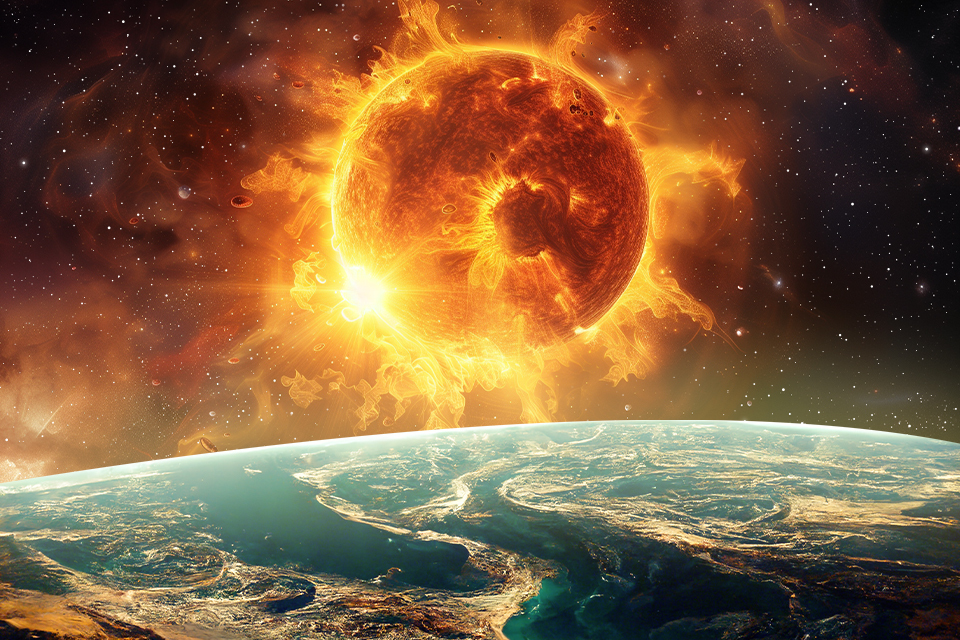
What are aphelion and perihelion?
In most diagrams of the Solar System, the orbits of the planets are usually depicted as circles. This is a simplification. In fact, all planets move in elliptical orbits. The closest point of the orbit to the Sun is called perihelion, the farthest point is called aphelion.
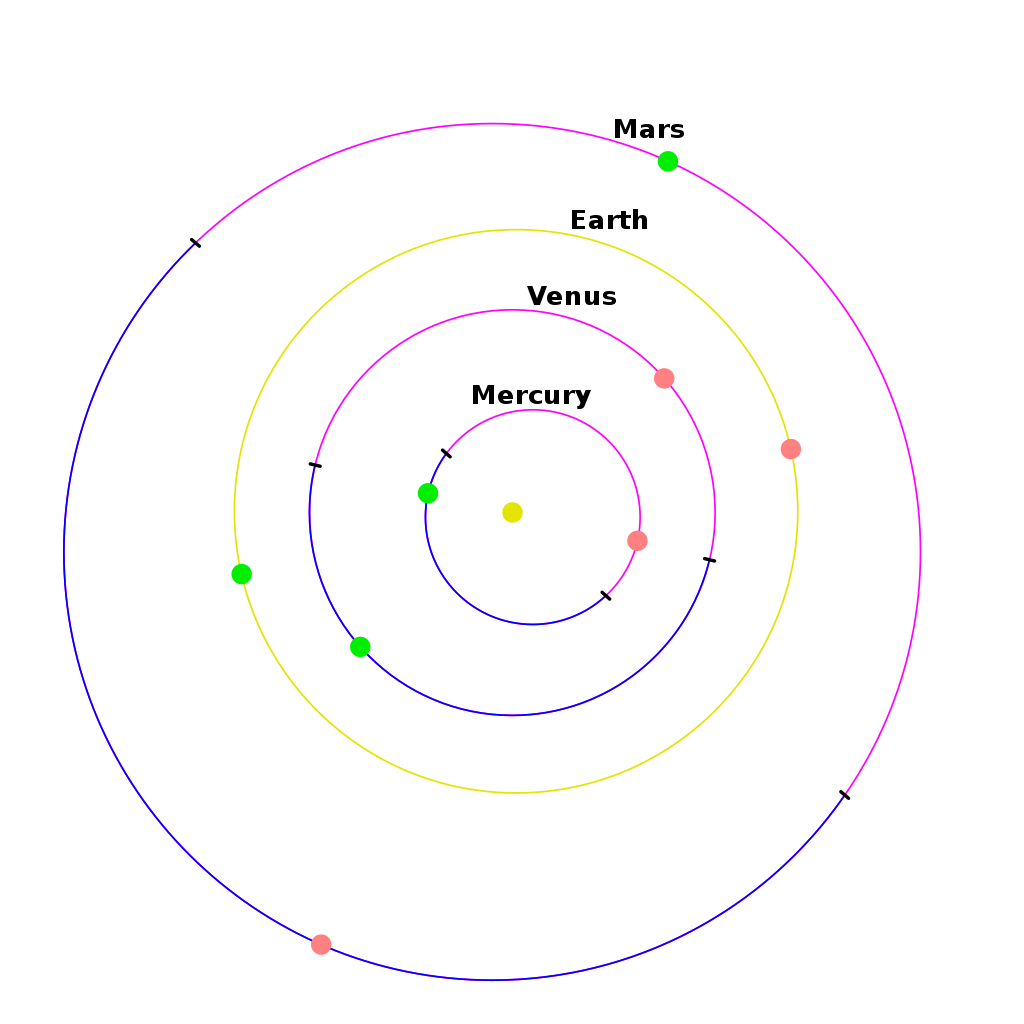
To determine how circular an orbit is, scientists use a measure called eccentricity. In the case of the Earth, the eccentricity of its orbit is 0.0167, which is almost a perfect circle. And that’s a very good thing. After all, if our planet were in an elongated orbit, this would lead to extreme temperature fluctuations throughout the year.
When aphelion comes
The Earth currently passes aphelion in early July, about 14 days after the summer solstice. Since the solstice day can shift, aphelion is not tied to a specific day. The Earth can pass it on July 4, 5 or even 6. As for perihelion, respectively, the Earth passes it in early January.
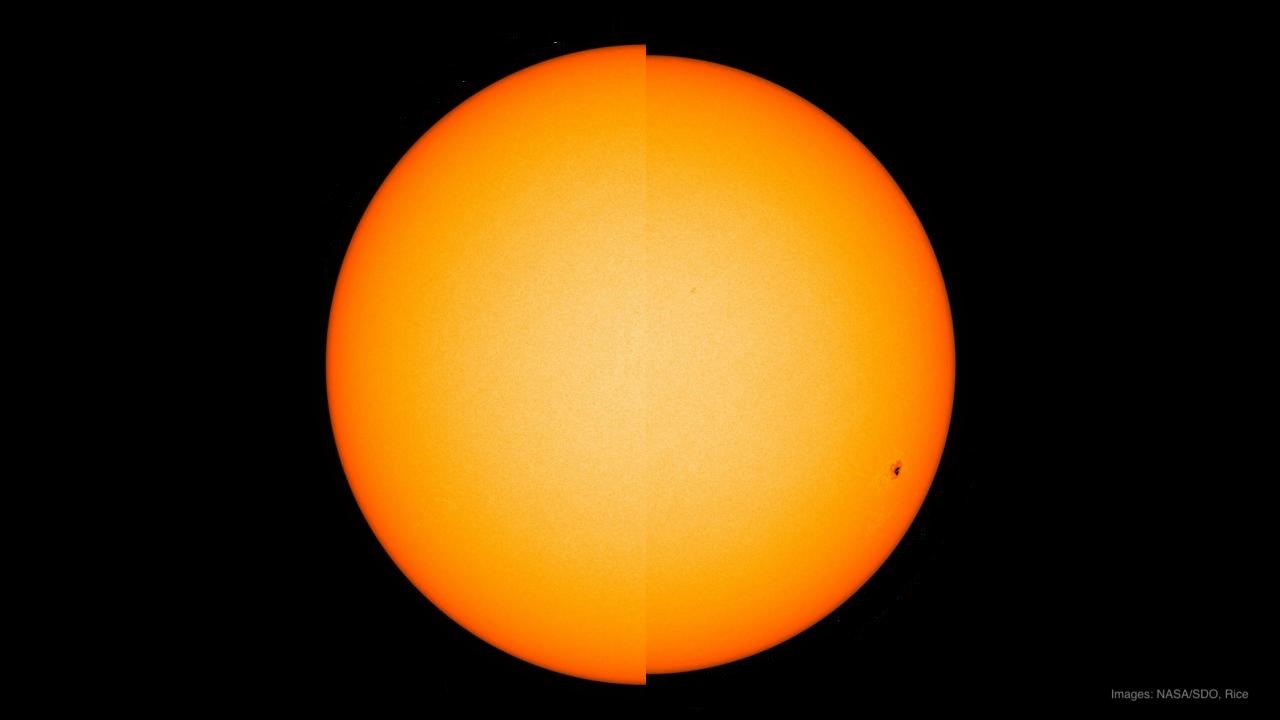
However, if we consider a larger time scale, we notice that due to long-term cyclical variations in the eccentricity of Earth’s orbit (these are known as Milankovitch cycles), the dates of aphelion and perihelion move forward one day every 58 years. For example, in 1246 the Earth passed aphelion on the day of the summer solstice in the northern hemisphere. According to astronomers’ calculations, the date of aphelion will shift so much that it will coincide with the autumnal equinox by 6430.
How does aphelion affect the change of seasons?
Although our planet’s orbit is close to circular, there is still a difference between perihelion and aphelion, and it is not insignificant. In early January, the Earth is about 147.1 million kilometers away from the Sun; in early July, it is 152.1 million kilometers away. Because of the change in distance, at aphelion our planet receives only 93.55% of the solar radiation it does at perihelion. It would seem that this should have a significant effect on the Earth’s climate and influence the change of seasons. But in reality it is more complicated.
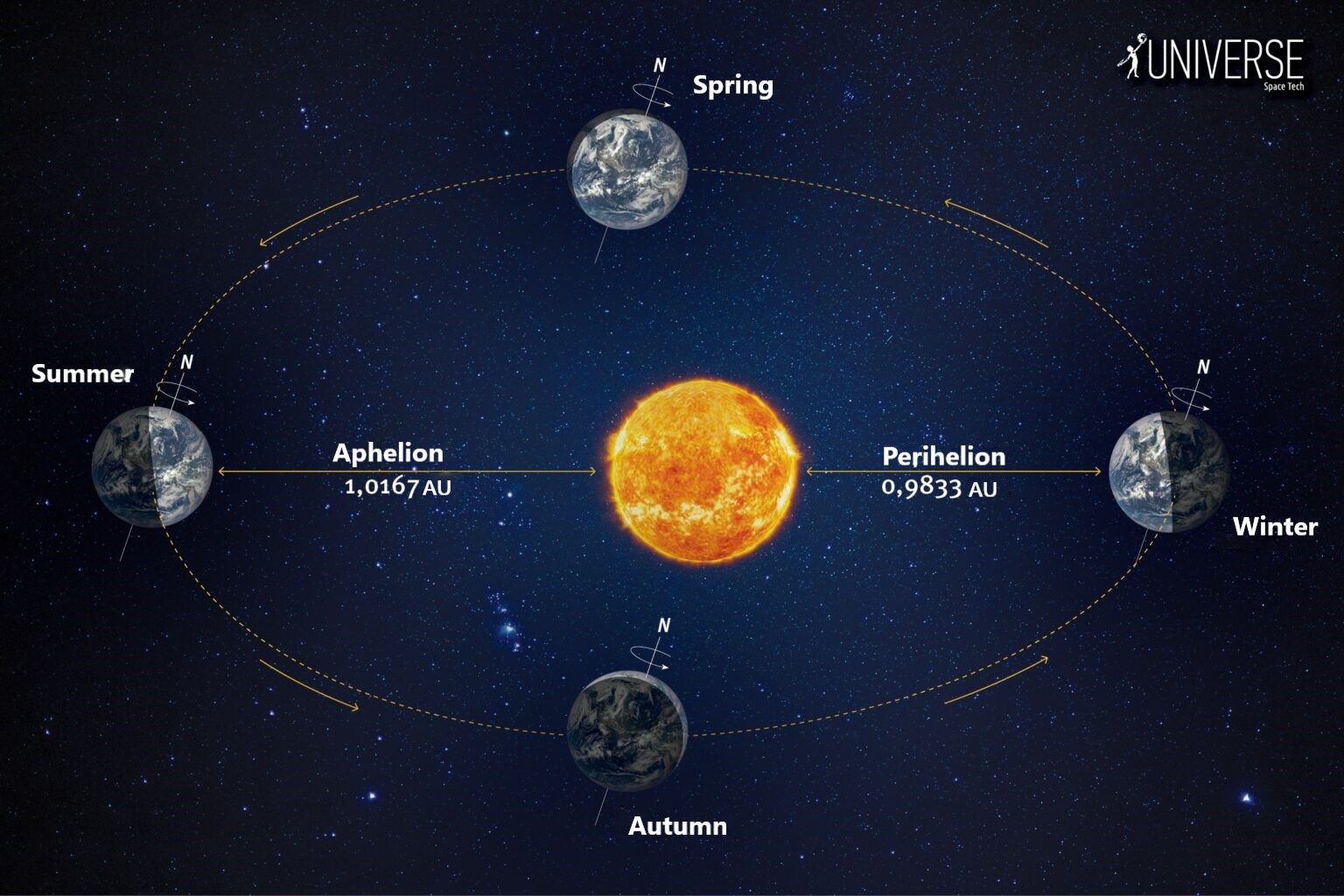
When we talk about perihelion and aphelion, we often forget that our planet has two hemispheres. When it is winter in the northern hemisphere, it is summer in the southern hemisphere — and vice versa. So from the perspective of southern hemisphere residents, there is no seeming contradiction at all: the Earth passes aphelion in winter and perihelion in summer. But at the same time, summers in the Northern Hemisphere are on average 2.3 °C hotter than summers in the Southern Hemisphere. And the Northern Hemisphere gets less light.

This paradox is actually explained quite simply. The Northern Hemisphere contains most of the Earth’s landmass. It absorbs more sunlight than the oceans, causing it to heat up more and offsetting the aphelion effect.
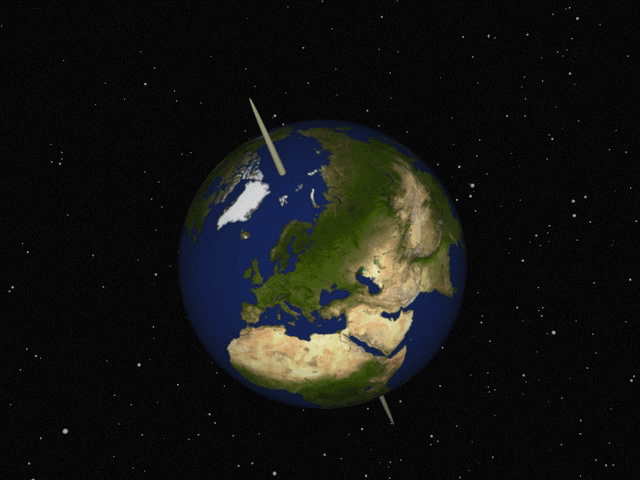
The key factor affecting the change of seasons is the tilt of the Earth’s axis, which is 23.4°. If it were not, our Earth would be a very different planet. All parts of its surface would receive the same amount of light throughout the year. This means that there would be no spring, summer, autumn, or winter on Earth. Days and nights would always be 12 hours long. The high latitudes would have perpetual winter, while the equator would have humid tropics with heavy downpours. Some scientists even believe that life in its present form could not have arisen on Earth if its axis had not been tilted.
So, although aphelion and perihelion have a certain influence on the Earth’s climate, it gets lost against the decisive role played by the tilt of the Earth’s axis. But the situation is different for some other planets in the Solar System. As an example, we can consider Mars. Its axis has a similar inclination (25°), but the eccentricity of the orbit is much higher and is 0.092. And this already significantly affects the climate of the Red Planet, making the change of seasons much more abrupt. Mars passes perihelion when it is summer in the Southern Hemisphere. Therefore, summer temperatures in the south of the Red Planet can be as much as 30 °C higher than summer temperatures in the north. And this has to be taken into account when planning space missions.


